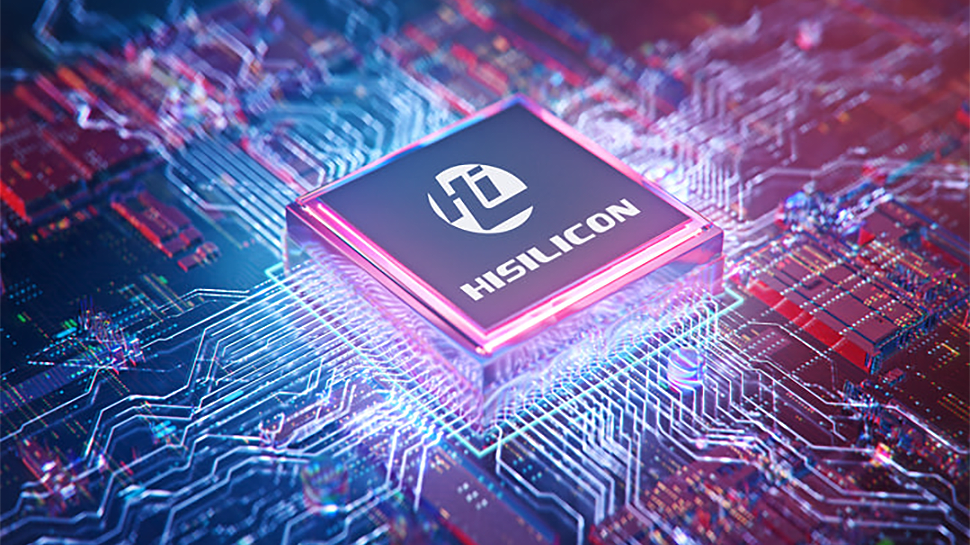
The US recently revoked Huawei's access to Intel processors for its products, and shortly thereafter, a leaked document from Huawei shared by Chinese media revealed that the company had a new plan called the 'Taishan Battle' for PC processors, reports Cailian News Agency. However, in a rare move, Huawei has denied the report and called it 'fake news.' The supposed plan included launching Huawei's HiSilicon Kirin X-series processors and supporting platform this year, and Huawei's rare rebuttal gives us some insight into the company's actual plans.
The report originally emerged from the Huawei Pollen Club, stating that He Tingbo and Yu Chengdong of Huawei HiSilicon Semiconductor and the Consumer Business Group had announced the plan. This initiative was supposedly aimed at speeding up the development and release of PC processors in the wake of the revoked Intel export licenses that left Huawei without a steady chip supply for its PC lineup.
Huawei officials categorically denied the report, describing it as unfounded. Journalistic investigations supported this by confirming that multiple sources within the company had not received any communications related to PC processors.
For now, Huawei says it will use processors it has already procured to build its PCs, meaning it will leverage its existing stockpile. However, some of Huawei's computers aimed at the domestic market already use processors from China-based chipmaker Phytium. Furthermore, the company is working with Phytium to unify the software and hardware infrastructure of the China-native Kunpeng and Phytium CPUs.
Oddly, Huawei strongly denies that it is developing its higher-end CPUs for laptops that would compete with Intel or AMD. That isn't too surprising, though—Huawei has a history of hiding its suppliers, and even its own chip models, from prying Western eyes that might bring about more sanctions on its products.
There are many reasons for Huawei to develop its own PC processors. On the one hand, this will ensure that the company can differentiate itself from other PC makers. On the other hand, this will reduce risks for Huawei's PC division amid tightening U.S. export controls. On May 8th, the U.S. government withdrew export licenses from semiconductor giants Intel and Qualcomm, effectively barring them from selling to Huawei. The Department of Commerce confirmed the revocation of these licenses, impacting undisclosed American companies. Intel has already cut its quarter forecast due to the revocation of the license.
Last month, it was reported that Huawei was developing a next-generation Kirin processor for PCs. The new PC chip is expected to feature eight Arm cores — four high-performance next-gen Taishan V130 cores and four energy-efficient cores. It also features a significantly enhanced Mailiang 920 GPU with 10 clusters, promising a major upgrade over the previous Kirin 9000s. This chip aims to rival Apple's M3 in multi-threading performance and near M2 levels in graphics, supporting up to 32GB of memory, which hints at a 128-bit interface. Moreover, Huawei is said to be considering expanding its Kirin lineup with "Pro" and "Max" versions, including additional cores, a more powerful GPU, and expanded memory capacity.
Despite having a smaller share of the global PC market than Apple, which means that it may have no economic reasons to develop its own processors, Huawei's development of high-performance Kirin CPUs aligns with China's goal of achieving self-sufficiency in semiconductors. These processors are poised to replace AMD and Intel components in PCs used by government agencies, enhancing national technological independence.







